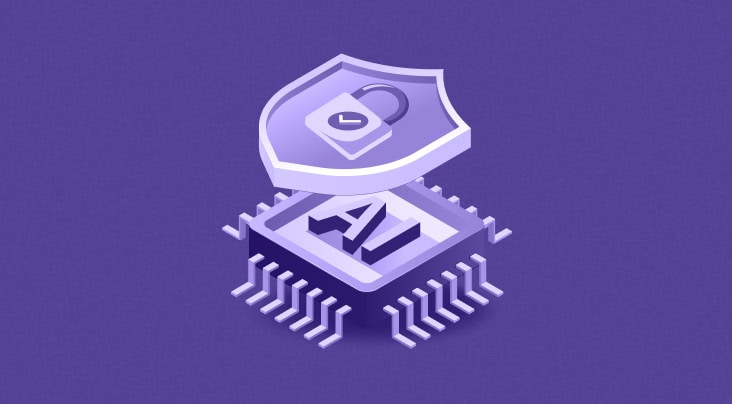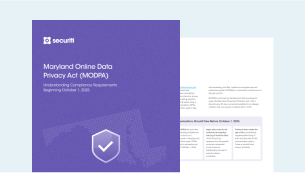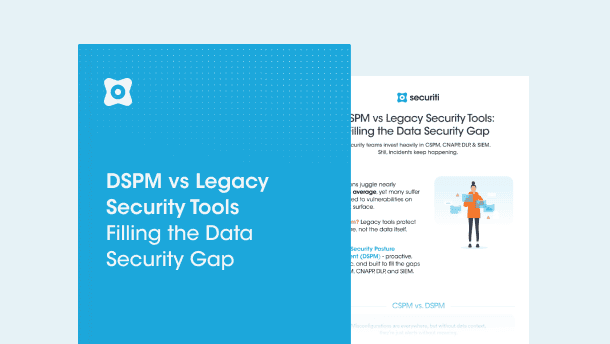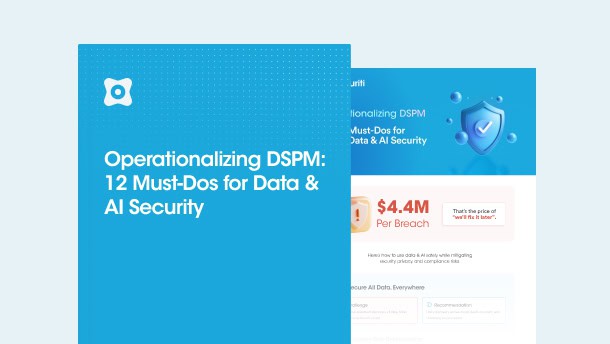Availability refers to an indication ensuring systems, resources, or services are accessible and operational without interrupting their functionality and performance.
What is Availability?
Availability refers to the indication that ensures systems, resources, or services remain accessible and functional without interruptions to their performance. It reduces downtime and maintains reliable performance by ensuring that systems, resources, or services are available and operational when needed. Measured by uptime (e.g., 99.9%), it is achieved by redundancy, failover, and proactive maintenance and depends on scalable and reliable infrastructure.
Understanding Availability in the Context of IT Services
As mentioned earlier, for businesses, particularly in the IT and digital sectors, availability is a prime concern. An organization may have the best product or service, priced optimally, and highly regarded and recommended in the marketplace. Still, if it is not available to use when a need arises, none of the aforementioned qualities matter. Three elements are critical to understanding if an organization aims to make availability a primary objective throughout its products and services.
- Downtime Impact: No organization willingly makes its services unavailable. However, there are instances where services need to be suspended. These can include routine maintenance, installation of new hardware/software, internal/external assessments, and, in extreme cases, a DDoS attack. In any case, the period a service is unavailable is referred to as downtime. The length of downtime can lead to losses in productivity, reduction in revenue, customer dissatisfaction, and reputational harm to the organization.
- Availability Metrics: Quantifying a service’s availability is an easy but effective way to determine what kind of measures and steps need to be taken. Most organizations rely on availability expressed as a percentage of time a service is available. For example, a 99.9% availability means a service is only unavailable for 0.1% of the time. Assuming a service is meant to be available 24/7 throughout the year, this would mean that the product or service was unavailable for only 8.76 hours during the whole year. Organizations can adjust these numbers based on their industry and the competition.
Importance of High Availability (HA) and Uptime
By now, it should be clear how important high availability (HA) is for businesses, with both reputational and financial repercussions. Some other crucial reasons include:
- Business Continuity: This can be particularly important if the disruption occurs during a festive period or other event where a business needs to ensure its product/service is available for the maximum period. Organizations need to have comprehensive backup plans in place to ensure customers can easily access what the organization is offering.
- Uptime: Uptime is the opposite of downtime, representing the time a product/service is available and operational. Maximizing uptime ensures a business gets as many eyeballs onto what it is offering, thereby increasing its potential revenue.
Ensuring Availability Through Redundancy and Failover
Here are some practical steps an organization can undertake to ensure availability in case it expects a disruption in service:
- Load Balancing: This is when organizations spread the web traffic load onto multiple servers. This not only provides a better user experience but also reduces the chance of disruption owing to an overload.
- Redundant Resources: These include resources such as servers, databases, and network paths that the organization can redirect all user traffic to in case a system is disrupted.
- Failover Mechanisms: Failover mechanisms are in place to ensure all user traffic is redirected promptly to a reductant resource in case of a disruption.
Availability Monitoring and Disaster Recovery
Some measures and processes organizations can adopt to monitor their product/service’s availability are:
- Recovery Plans: Disaster recovery plans are strategies and comprehensive plans an organization has in place that can be implemented once a possible disruption has occurred. These include all the relevant response plans, procedures, and actions all relevant personnel and departments need to undertake in the immediate aftermath of a disruption.
- Backup Systems: While disruption can be problematic, comprehensive backup plans mitigate most of the damage. These backup systems act as perfect mirrors that can minimize the total time a product/service remains unavailable.
Best Practices for Achieving and Maintaining Availability
Some of the best practices organizations can adapt to ensure the continuous availability of their product/service include:
- Regular Maintenance: A simple and effective way of ensuring availability is to ensure regular and consistent updates and maintenance. These can be in the form of security updates, patches, and checks to address any identified issues proactively before they can become big enough problems to cause a disruption.
- Capacity Planning: Businesses scale, often at speeds they may not have anticipated themselves. Hence, it is necessary to have a good understanding of anticipated future growth and to ensure all affected systems are scaled properly to meet any increases in demand without resulting in performance degradation.
- Collaborations with Service Providers: There are various solutions available on the market that are designed for optimal performance without compromising on the user experience and quality of service. Several such service providers offer built-in redundancy measures and failover capabilities.





































